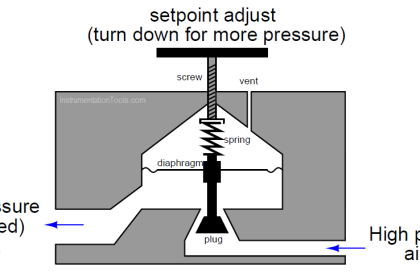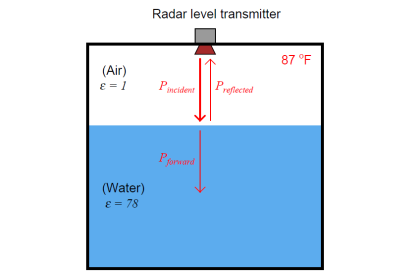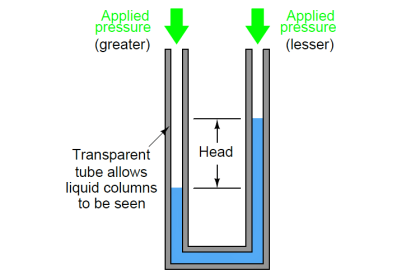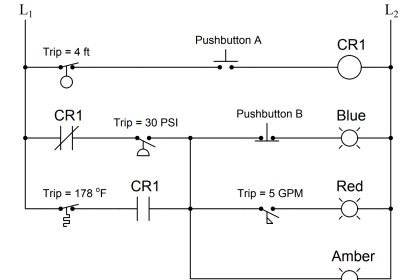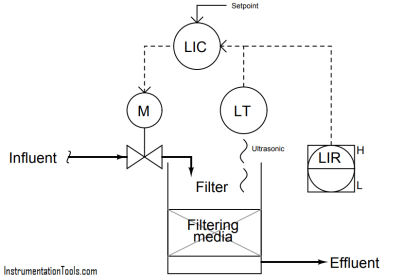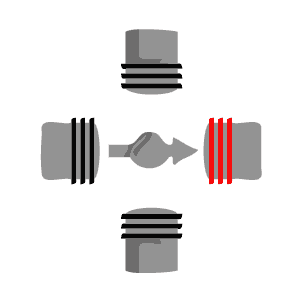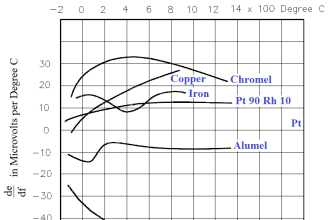Question:
A scuba diver’s air tank contains 2,000 PSI of air, as measured by a pressure gauge before descending into the water. The diver descends 50 feet into the water, where the surrounding water pressure caused by the water’s weight (called hydrostatic pressure) is approximately 22 PSI.
Assuming that the diver consumes an inconsequential amount of air from the tank during the 50 foot descent, express the air pressure inside the tank in terms of absolute pressure, gauge pressure, and differential pressure (the differential pressure between the tank and the surrounding hydrostatic pressure of the water).
Solution:
- Absolute pressure = 2,014.7 PSIA.
- Gauge pressure = 2,000 PSIG.
- Differential pressure (between tank and water) = 1,978 PSID.
Gauge Pressure
Gauge pressure is simple: it is the figure initially measured by the pressure gauge (2,000 PSIG). Again, we are assuming that the diver has not significantly decreased the tank’s air pressure by consuming air from it as he or she descended to the specified depth.
In reality, the pressure in the tank would have decreased a bit in supplying the diver with air to breathe during the descent time.
Absolute Pressure
Absolute pressure is simply gauge pressure added to the pressure of Earth’s atmosphere.
Since the gauge pressure measured at the water’s surface was (obviously) at sea level, and atmospheric pressure at sea level is approximately 14.7 PSIG.
Absolute air pressure inside the tank is 2,000 PSI + 14.7 PSI = 2,014.7 PSIG.
Differential Pressure
Differential pressure is simply the difference (subtraction) between the tank’s gauge pressure of 2,000 PSI and the water’s hydrostatic pressure (gauge) of 22 PSI. This is equal to 1,978 PSID.
The same differential figure will be found even if atmospheric pressure is taken into consideration: the tank’s absolute air pressure is 2,014.7 PSIA and the water’s hydrostatic pressure is 36.7 PSIA (22 PSI + 14.7 PSI), resulting in a difference that is still 1,978 PSID.
The key here in figuring differential pressure is to always keep pressure units the same: don’t mix gauge and absolute pressures!
Read Next:
- Pressure Transmitter Problems
- DeadWeight Tester Questions
- Basics of Hydrostatic Level
- Differential Pressure Transmitter
- Functions of Pressure Detector
Credits: Tony R. Kuphaldt
